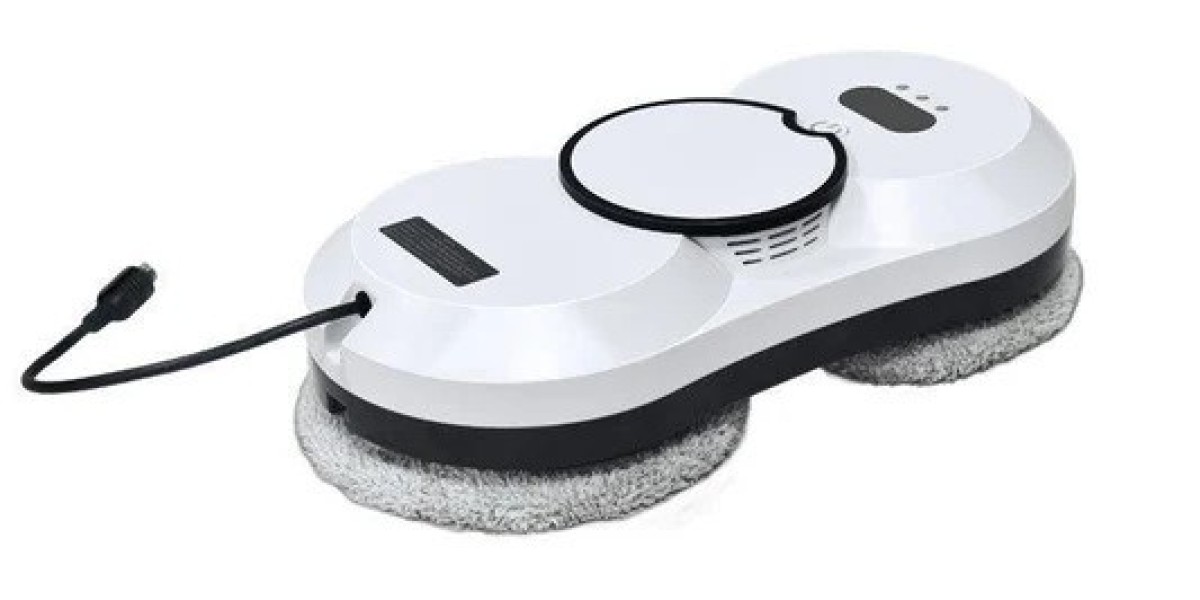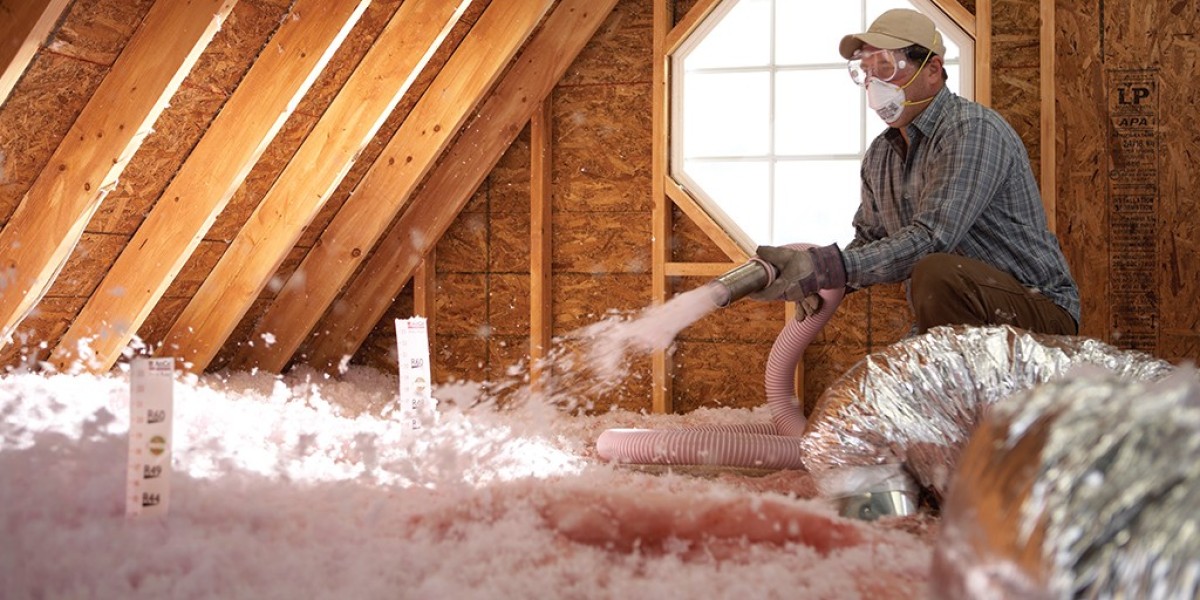Windows are essential to a bright, open home or office, but cleaning them is often time-consuming, tedious, and in some cases—dangerous. Whether you're dealing with tall windows, exterior glass on a high-rise, or hard-to-reach skylights, keeping glass streak-free has always been a chore. Enter the robotic window cleaner, a modern solution designed to bring automation, safety, and efficiency to this everyday task.
Robotic window cleaners are increasingly popular in smart homes and commercial settings, offering a safe and hands-free way to keep your glass surfaces spotless. In this article, we’ll explore how these innovative gadgets work, their benefits, and the best models to consider in 2025.
What Is a Robotic Window Cleaner?
A robotic window cleaner is a smart device that uses suction, sensors, and motorized movement to navigate and clean glass surfaces. Similar in concept to robot vacuums, these machines attach themselves to a window—often using a vacuum motor or magnets—and move in a calculated pattern to scrub away dirt, dust, and streaks.
They are designed for vertical cleaning and work on various surfaces including:
Glass windows (interior and exterior)
Mirrors
Shower glass
Tiled walls
Glass doors and panels
How Do Robotic Window Cleaners Work?
Most robotic window cleaners operate using the following core components:
1. Vacuum Suction or Magnetic Attachment
The robot creates a vacuum seal to stick to the glass or uses magnets (especially for double-sided models) to hold itself in place.
2. Motorized Movement System
With wheels or treads, the device moves horizontally and vertically across the surface in a zigzag or linear pattern to ensure full coverage.
3. Sensors and Navigation
Edge detection sensors prevent the robot from falling or going off the window frame. Some advanced models feature AI-driven mapping for smarter, more efficient cleaning paths.
4. Microfiber Pads and Spray Nozzles
Most models use rotating or vibrating microfiber pads, sometimes combined with a built-in spray system to break down dirt and grime.
5. Remote or App Control
Users can control the robot manually via remote, mobile app, or set it to clean automatically.
Key Benefits of Robotic Window Cleaners
1. Time and Effort Saving
With a robotic cleaner, there’s no need for ladders, squeegees, or messy sprays. Just turn it on and let it do the work—perfect for busy homeowners or offices.
2. Safe for High or Hard-to-Reach Windows
Cleaning upper-floor windows or skylights is dangerous without professional tools. Robots make it safe by eliminating the need to lean out or climb.
3. Streak-Free Finish
Equipped with microfiber pads and steady cleaning pressure, robotic window cleaners often deliver better results than manual cleaning, especially when paired with quality cleaning solutions.
4. Smart and Automated Operation
Set schedules, monitor progress via apps, or even automated window cleaners activate voice control with some models. This makes window cleaning as easy as pushing a button.
5. Energy Efficient
Most units use minimal electricity and can clean large window surfaces on a single charge or power connection.
Best Robotic Window Cleaners of 2025
Here are some top-performing models to consider:
1. Hobot 388
Why It’s Popular:
This model features ultrasonic water spray, AI-based navigation, and strong suction. It’s designed for frameless and framed windows alike.
Key Features:
AI navigation with edge detection
Ultrasonic water spray system
Works on mirrors and tiles
2. Ecovacs Winbot W1 Pro
Why It Stands Out:
The Winbot W1 Pro boasts a powerful dual-direction cleaning system and real-time obstacle detection. It’s especially good for larger windows.
Key Features:
Real-time route planning
8-layer safety protection
App control and voice prompts
3. Mamibot W120-T
Ideal For:
Budget-conscious users looking for a lightweight and effective window cleaning robot.
Key Features:
Low noise level
Works with remote or app
Strong suction and anti-fall system
4. AlfaBot X7
Why It’s Unique:
The AlfaBot X7 includes vibration cleaning pads and a water tank for on-the-go spraying. It’s great for heavily soiled windows.
Key Features:
Smart cleaning path memory
Spray and wipe combo
Suction-based climbing ability
Things to Consider Before Buying
- Window Type & Size:
Check if the model supports frameless windows and large surfaces. Some robots require frames for edge detection.
- Power Source:
Most cleaners need a constant power supply with a safety tether, while others include backup batteries.
- Cleaning Efficiency:
Look for models with strong suction, quality pads, and dual-cleaning passes for better results.
- Ease of Use:
Choose a model with intuitive controls, a mobile app, and easy maintenance.
- Safety Features:
Make sure it includes an anti-fall system and safety rope—especially for outdoor use on high floors.
Final Thoughts
A robotic window cleaner may seem futuristic, but it’s quickly becoming a must-have for modern homes and buildings. With rising innovation in AI navigation, water spray systems, and user-friendly apps, keeping your windows crystal clear has never been easier—or safer.
If you’re tired of streaks, climbing ladders, or spending hours with a squeegee, investing in a robotic window cleaner could be the upgrade your home (and lifestyle) needs. Whether you're a homeowner, business owner, or tech lover, there’s a model out there to suit your needs.








